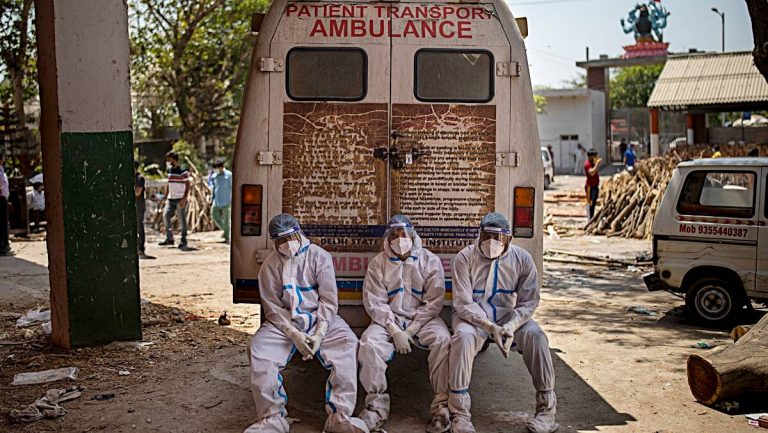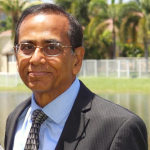
It is difficult to predict the magnitude – just as we cannot predict the intensity of an earthquake.
By Nazarul Islam
Shockingly for the Indians, the first wave of the coronavirus ravaged life, grieved masses, upset relationships, belongings, property and economy of their country. What might the second round look like? As the virus continued to rampage across the country, attention is now riveted upon its vast, economic impacts.
Assessments of the viral play-out have led to ‘across-the-board’ revisions in growth India’s forecasts the past fortnight. From an 11-12 per cent range expected before (some even higher), predictions for gross domestic product growth for 2021-22 have now been adjusted well below the 8-10 per cent in the region, on average. The general belief (if wishes were horses…) is that the second wave of Covid-19 will not damage economic output as severely as it had affected the previous year.
General uncertainty is very high as new infections erupt powerfully in newer and rural locations, although aggregate new cases have visibly slowed with signs of a flattening infection curve. It is difficult to predict the magnitude – just as we cannot predict the intensity of an earthquake. But there are grounds to believe that the second wave will leave a lasting economic imprint. The shock to human consumption could persist for many, many quarters into the future.
The qualitative differences between the second coronavirus wave and the initial one are significant and substantial. For one, the current wave is far more lethal; this is manifest in its transmissibility, higher case count and fatalities. Because of these attributes, the financial and physical toll the virus has taken upon the public is way higher.
The emotional and human costs of this wave are far more disturbing: rich and poor alike have suffered, succumbing in droves from the lack of oxygen, its sudden stoppages when hospitalized, callous exploitation by sellers and the sheer absence of state checks and safeguards.
And further….Traumas have extended beyond the loss of loved ones to crematory shortages, misdemeanors and indignities; dead bodies immersed in rivers or buried at their banks in escape are a painful reality.
Deep scars caused by the experience of not getting hospital beds and intensive care despite having resources, paying through the nose with meagre means, enduring callous black-marketing and the rejection of cashless insurance contracts and more has bred insecurity amongst the affected and unaffected alike.
Again, the fear, vulnerability, helplessness and caution are leading people to lock themselves up from fright rather than fiat, knowing that death is a distinct possibility, not just because the virus is deadlier but because health support is not guaranteed.
More factors point to an enduring persistence of fear this time round.
One, people now believed and expected that a third wave is a real, existential threat. There is official warning of this possibility; leading medical professionals to have caution the Indians; and the fact that its incidence is likely to impact children—which is most frightening scenario, looming ahead.
Two, the fear is perpetuated by the shocking slippage in vaccination coverage and the apparent shortages of vaccines for adequate and fast protection from the virus.
Even though the government now assures that there will be enough vaccines from July and is confident about covering the adult majority, the gap gives ample latitude to the virus to multiply and mutate with unknown intensity.
And… three, the manner in and the pace at which infections are spreading unabated in rural, tribal and other remote areas preserve the fear of Covid-19 amongst society as a whole. This restricts mobility and social and economic engagement; there are feedback effects upon confidence and sentiments of consumers as well as producers that result in real economic effects including labor requirements.
It is reasonable to expect further depression of consumer sentiments, increased savings to insure against further health shocks, with consequent cutbacks or postponement of consumption where there’s a choice, that is, discretionary spending; a larger portion of built-up demand in this instance is likely to be preserved for shock-proofing.
____________________
About the Author
 The Bengal-born writer Nazarul Islam is a senior educationist based in USA. He writes for Sindh Courier and the newspapers of Bangladesh, India and America. He is author of a recently published book ‘Chasing Hope’ – a compilation of his 119 articles.
The Bengal-born writer Nazarul Islam is a senior educationist based in USA. He writes for Sindh Courier and the newspapers of Bangladesh, India and America. He is author of a recently published book ‘Chasing Hope’ – a compilation of his 119 articles.